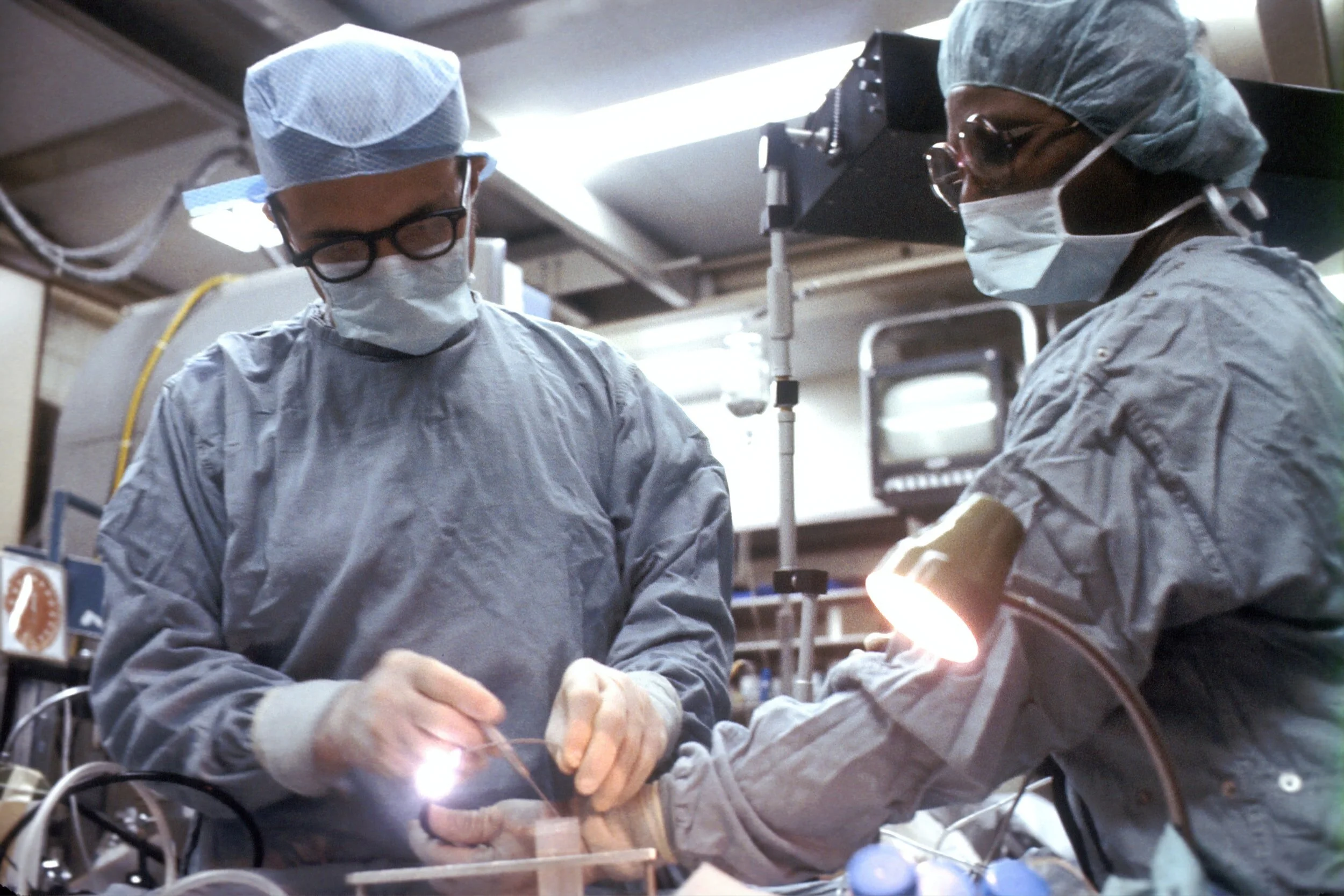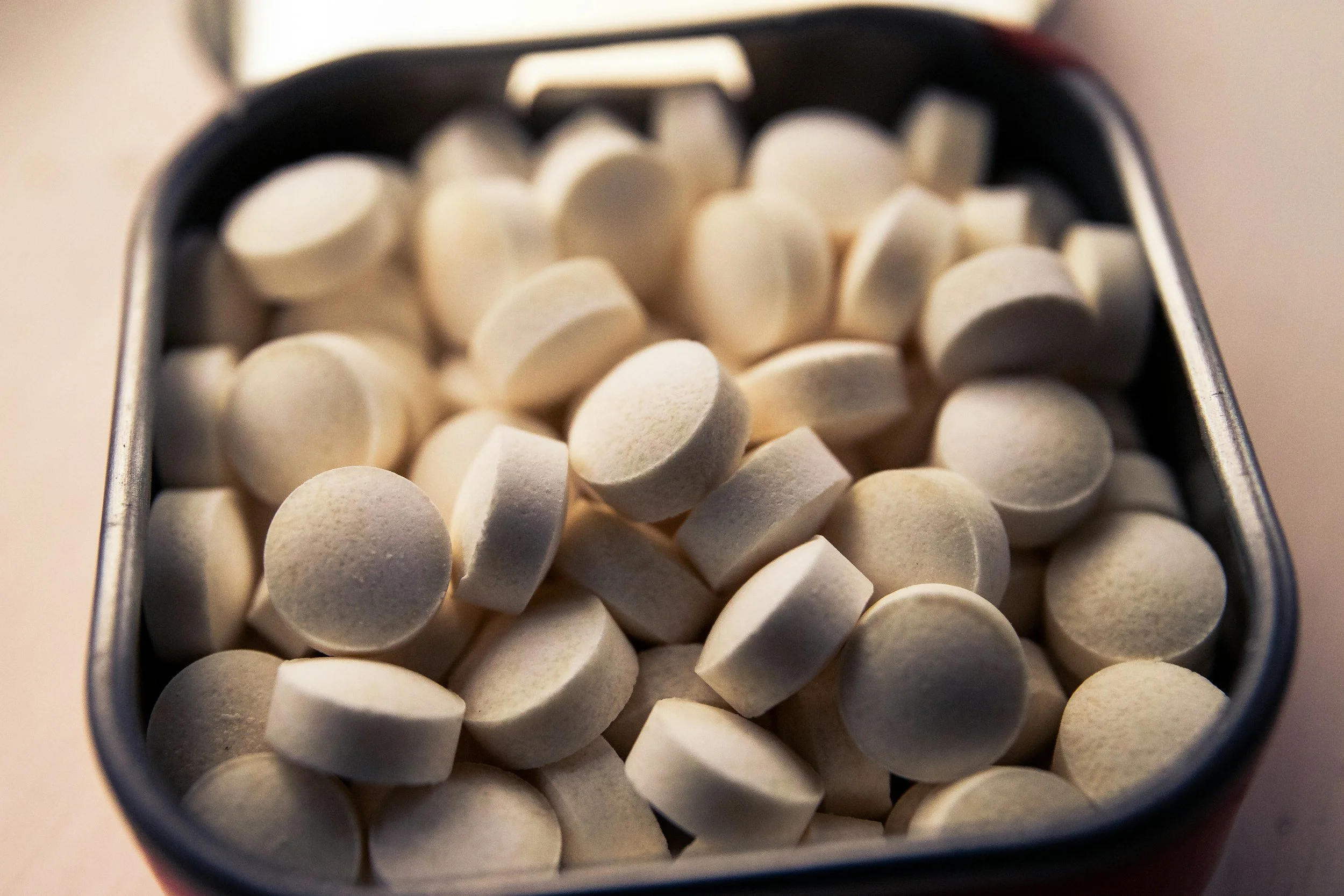A Quick Guide Into Safe Cyst Removal Process Under Doctors Orders
By PAGE Editor
You wake up one day, head to your bathroom, and splash your face with your favorite face wash.
After wiping your face with a fluffy towel, you’d like to feel your silky smooth skin. Suddenly, you sense a little bump that feels like a small ball that’s stuck underneath.
You think to yourself; maybe it’s just another zit. However, you touch it again a few hours later, and a stinging pain causes you to flinch.
You start searching on Google Images to find out if it’s a pimple or something else. Results show that facial cysts are the most probable cause of your bump.
The cyst looks red and inflamed, and you start to worry!
How can you get rid of it immediately?
Will it be painful?
Instead of pondering, read this guide about cyst removal to get an idea about the process!
What Is a Cyst, and What Symptoms Should You Lookout for?
A cyst is generally a tiny sac that forms in the body (in bones, organs, or tissues).
When skin cells, bacteria, and even pus form pockets under the skin, they can accumulate and transform into cysts.
They can start as ingrown hairs or acne that becomes infected. As time goes by, the cyst can get inflamed and develops into a large bump.
Sometimes it may get so big that it starts to drain rotten skin cells. It’s from these cells that a putrid smell later develops.
What Techniques Does A Dermatologist Use To Remove A Cyst?
Lancing a Cyst
The lancing technique involves a sharp knife to make a hole in the cyst.
The dermatologist then squeezes the cyst and drains the contents.
This process is what you may come across when browsing DIY home cyst-popping videos on social media. Even though it’s relatively quick and easy to remove a cyst through lancing, this technique doesn’t get rid of it permanently.
If the cyst has its top part broken, then lancing will remove most of its contents.
In such cases, it’s crucial to take off the sack around the contents after the draining process is done since the cyst can reform if the lining of the cyst wall is not removed.
Excising a Cyst
When a cyst did not burst yet, excision is typically the best choice for removal.
The dermatologist makes an elliptical incision around the cyst to eliminate the entire cyst wall and the contents.
Then, they stitch it up both on the inside and outside and let it heal.
Will a Cyst Removal Hurt?
During a cyst removal, the dermatologist will mark and numb the area around the bump.
You’ll then get a few Lidocaine injections that may sting a bit. Other than that, you won’t feel the procedure.
The dermatologist will then perform an excision, and the stitches will last for about two months. The skin will then eventually heal from the inside out.
If the process goes smoothly, you’ll only have a small scar that’ll be barely noticeable.
Don’t forget to make sure your doctor stitches the INSIDE of the pocket.
If they don’t do that, you may be left with a hollow gap in your skin.
When to See a Doctor
There’s no approved home remedy for cyst removal — people who resort to removing small or big cysts at home run the risk of getting a bacterial infection. To be on the safe side, it’s always better to consult a professional dermatologist that will readily walk you through the cyst removal process!
HOW DO YOU FEEL ABOUT FASHION?
COMMENT OR TAKE OUR PAGE READER SURVEY
Featured










With its first-ever U.S. flagship, Gymshark plants a definitive stake in New York—where fitness, culture, and community collide.